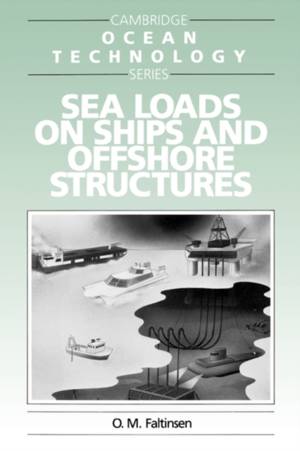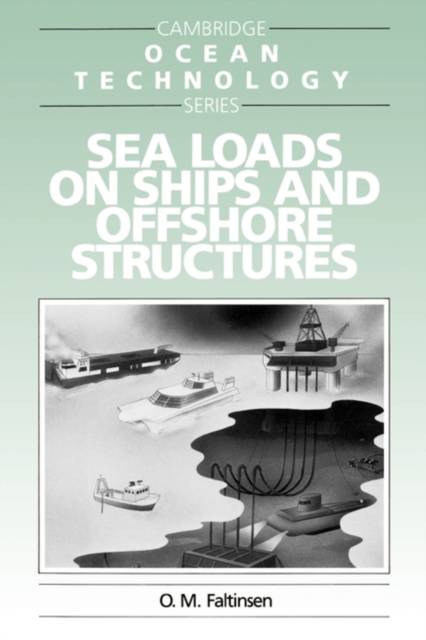
- Afhalen na 1 uur in een winkel met voorraad
- Gratis thuislevering in België vanaf € 30
- Ruim aanbod met 7 miljoen producten
- Afhalen na 1 uur in een winkel met voorraad
- Gratis thuislevering in België vanaf € 30
- Ruim aanbod met 7 miljoen producten
Zoeken
Omschrijving
The book introduces the theory of the structural loading on ships and offshore structures caused by wind, waves and currents, and goes on to describe the applications of this theory in terms of real structures. The main topics described are linear-wave induced motions, loads on floating structures, numerical methods for ascertaining wave induced motions and loads, viscous wave loads and damping, stationkeeping and water impact and entry. The applications of the theoretical principles are introduced with extensive use of exercises and examples. They include conventional ships, barges, high speed marine vehicles, semisubmersibles, tension leg platforms, moored or dynamic positioned ships, risers, buoys, fishing nets, jacket structures and gravity platforms. One aim of the book is to provide a physical understanding through simplified mathematical models. In this way one can develop analytical tools to evaluate results from test models, full scale trials or computer simulation, and learn which parameters represent the major contributions and influences on sea loads.
Specificaties
Betrokkenen
- Auteur(s):
- Uitgeverij:
Inhoud
- Aantal bladzijden:
- 340
- Taal:
- Engels
- Reeks:
- Reeksnummer:
- nr. 1
Eigenschappen
- Productcode (EAN):
- 9780521458702
- Verschijningsdatum:
- 24/09/1993
- Uitvoering:
- Paperback
- Formaat:
- Trade paperback (VS)
- Afmetingen:
- 152 mm x 226 mm
- Gewicht:
- 453 g

Alleen bij Standaard Boekhandel
Beoordelingen
We publiceren alleen reviews die voldoen aan de voorwaarden voor reviews. Bekijk onze voorwaarden voor reviews.











